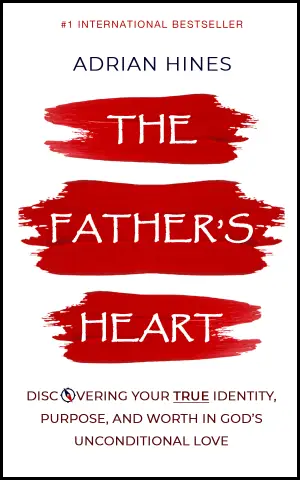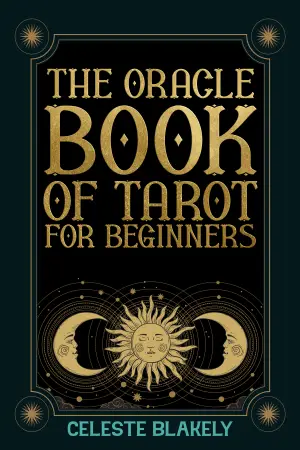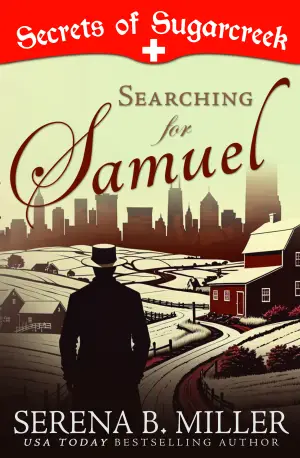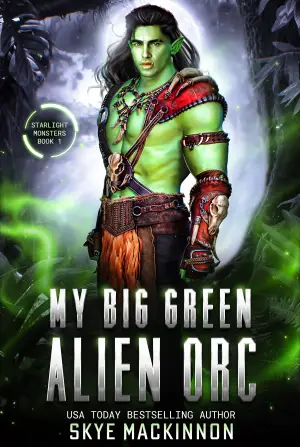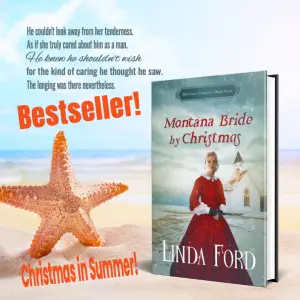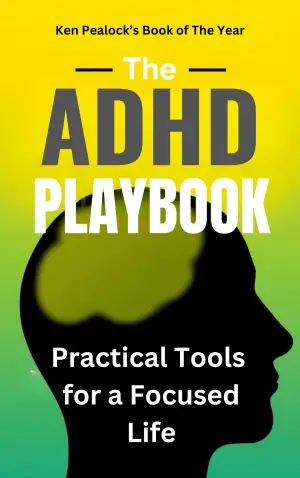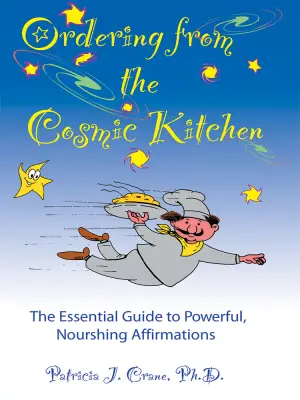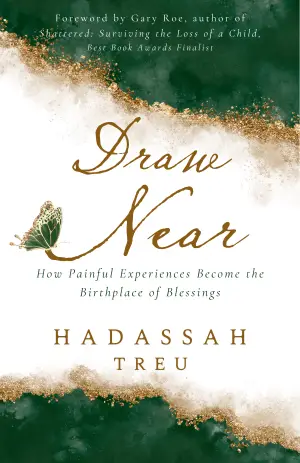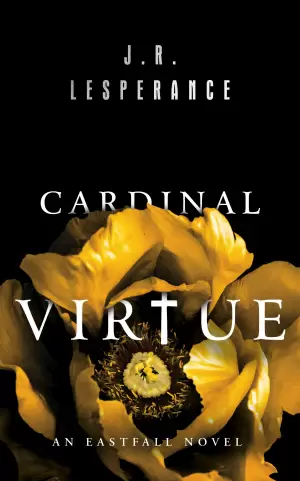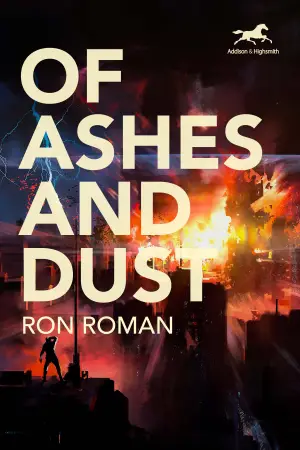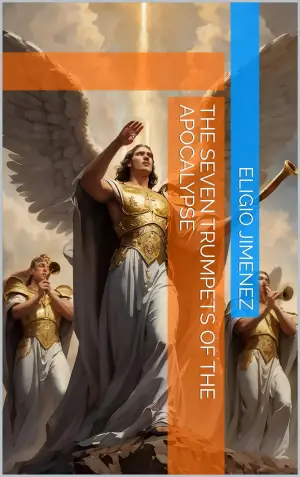The Ballad of Never After by Stephanie Garber: A Reflection on Frustration and Fantasy
As I cracked open The Ballad of Never After, I was filled with excitement, my heart racing like the princess-tromping-on-pumpkin-juice scenes from whimsical fairy tales. Stephanie Garber, the master behind Caraval, had me entranced with her blend of magic, adventure, and clever plot twists, so you can imagine how eager I was to dive into the sequel. But oh, what a wild ride it turned out to be—one filled, not with heart-giddying magic, but with dizzying frustration.
From the beginning, it was clear this story would take me on an emotional rollercoaster. The plot centers around Evangeline, who is still searching for a cure for her husband, Apollo, trapped in a suspended state. Her journey, however, is anything but heroic. I often found myself exasperated at her impulsive decisions and dreamy musings about love and happy endings—she constantly seemed to forget the cautionary notes she had written herself, only to wallow in self-doubt and allow Jacks, her "fallen star," to walk all over her. I felt like I was concurrently rooting for and wanting to shake some sense into her. It struck me as a huge contrast from the sturdy, self-aware heroines I’ve grown to adore.
Jacks, the so-called “beautiful villain,” left me equally riled up. His push-and-pull treatment of Evangeline felt trite with every chapter. The "hot and cold" shtick had me rolling my eyes so many times I lost count. For someone supposedly haunted by past heartbreak, he did a spectacular job of wielding his charm like a weapon. While a tangled dance between dark and light can make for compelling storytelling, here it felt more like manipulative game-playing than a budding romance.
Garber, while a brilliant storyteller, seemed to miss the mark on crafting genuine chemistry between Jacks and Evangeline, leaving me wondering why they were even "in love." The repeated mention of physical attraction without depth made their dynamic feel incredibly hollow. Why should we be rooting for a relationship built on resentment and misunderstanding? In my eyes, this setup is more of a cautionary tale than a fairytale.
As for the writing itself, it was undeniably easy to read, but I yearned for the enchanting descriptions I had loved about Caraval. Vivid world-building felt diluted here, and important plot elements were glossed over. Repetitive phrases and the point-by-point nature of descriptions made it difficult to suspend disbelieve fully. I really wanted to see the magic come alive, feel the world of the Magnificent North wrap around me.
Despite these frustrations, I have to admit that there were still moments of excitement—several twists at the end caught me by surprise, and I genuinely enjoyed a few plot turns that hinted at what could have been.
In conclusion, The Ballad of Never After may resonate with those who enjoy complicated love stories and indulge in the drama of teen angst. For fans of Garber’s earlier work, though, this sequel might come across as a disappointing sequel of messy emotions rather than the magical journey we had hoped for. It’s an experience that certainly impacted my reading week—leaving me both baffled and engaged, even if for the wrong reasons. If nothing else, it reminded me just how much I crave depth and sincerity in my love stories. 🪄💔
Discover more about The Ballad of Never After (Once Upon a Broken Heart, #2… on GoodReads >>



